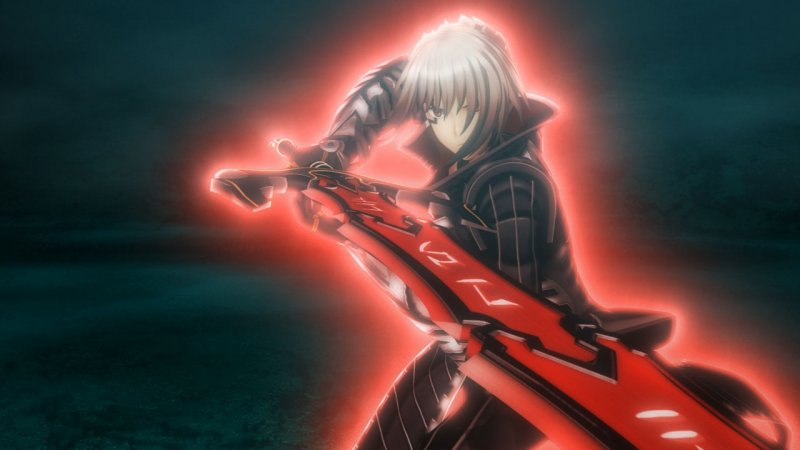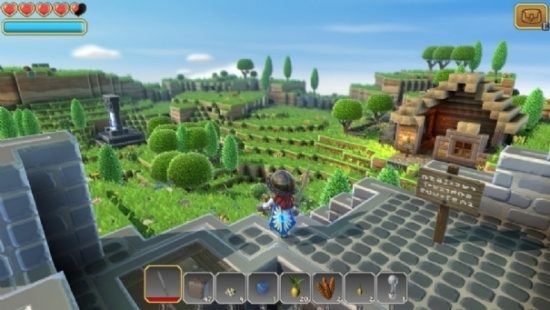When about fifteen years ago Namco Bandai asked CyberConnect 2 to develop a Japanese-style RPG, no one would have expected a project managed in such an ambitious way, and at the same time able to channel the attention of hundreds of thousands of fans all over the world. Since the release of its first iteration,
.Hack has been able to make people talk about themselves and soon become a reference point for a genre that was already beginning to trudge behind all the great Western productions.
Well before Sword Art Online, .Hack brought players into a world where players are themselves players. Lost in a virtual world that hides more dangers than you can ever imagine, The World (this is the name of the system) will be the test of a long and compelling story of friendship and betrayal, joys and disappointments, until its natural epilogue.
I’M A PKK
The narrative arc of .Hack unfolds through an almost infinite series of multimedia products ranging from manga to videogames, from the novel to the inevitable anime. What arrives today on our market is a remastered version of the second videogame trilogy: GU.
Considered the best iteration of the franchise and strong of its metagame nature, the title of CyberConnect 2 tells the story of Haseo and a more or less full-bodied group of as many players struggling with a playful system that goes well beyond mere pastime.
We meet Haseo when he decides to enter the World R2 for the first time (the second version revised and corrected after the problems of the first series).
The initial events: the deception by two players who will exploit him and then kill him and his subsequent acquaintance with the world of PK (player killer), the help from a mysterious man who seems to have seen in him more than what could be expected and the consequent exponential growth as a player, are all events told with the speed and the carefree of those who know they
still have a lot of meat in the fire. Haseo, who became the point of reference for PKKs (ie those who kill players’ killers) after about eight months, is willing to try and defeat Tri-Edge.At the first useful meeting,
Haseo is clearly defeated, experiencing in turn the “Data Drain”, or the total cancellation of game data and finding himself again from scratch. This is the incipit of a title that will be able to give you a good dose of feelings and dives to the heart, unraveling for almost a hundred hours remaining almost always at an interesting narrative level and never trivial (net of some “Japanese”) .
Without telling you anything else about the long narrative arc, know that .Hack remains, even today, a reference point of the JRPG narration, with a succession of twists and an identification that is difficult to find in any other situation.
PLAYSTATION TROPHIES 4
.Hack // GU Last Recode can count on the beauty of 52 trophies divided between the various chapters. Acquiring the desired platinum will not be as difficult as it is extremely long, given the need to make a certain amount of battles and even to reach the 150 level with Haseo (achievable only starting from vol.3.)
Two extremely welcome extras were then inserted by the developers: the parody mode and the Terminal Disc. The first is nothing more than a series of scenes doubled by the original interpreters, which embellish surreal situations inspired by the reactions of the various protagonists:
being sequences extrapolated from all chapters, we suggest you enjoy them after finishing the series. The second thing is the Terminal Disc, another element of meta narration inserted in .Hack, originally present only in the Limited edition.


